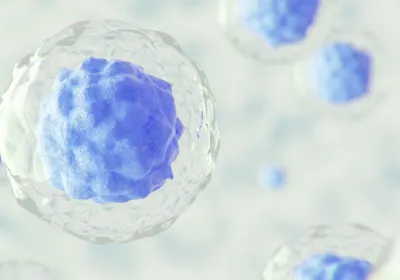ABOVE: © ISTOCK.COM, Rost-9D
The paper
M.D. Keller et al., “Decoy exosomes provide protection against bacterial toxins,” Nature, 579:260–64, 2020.
To kill a cell, methicillin-resistant Staphylococcus aureus discharges an arsenal of toxins. Alpha-toxin is one of its favorites, forming a cylinder of sharp peptides that punches a hole in the host cell, popping it. MRSA is extremely virulent and resistant to many antibiotics, leading scientists to search for ways to defeat it.
Bacteriologist Victor Torres and cell biologist Ken Cadwell, both of New York University Grossman School of Medicine, had found in previous work that a key protein involved in autophagy also makes mice less susceptible to MRSA and alpha-toxin. But what was the connection between autophagy and MRSA infection? To find out, Torres, Cadwell, and graduate student Matthew Keller depleted the autophagy protein ATG16L1 in a human cell line and found that the cells then displayed unusually high numbers of ...






















